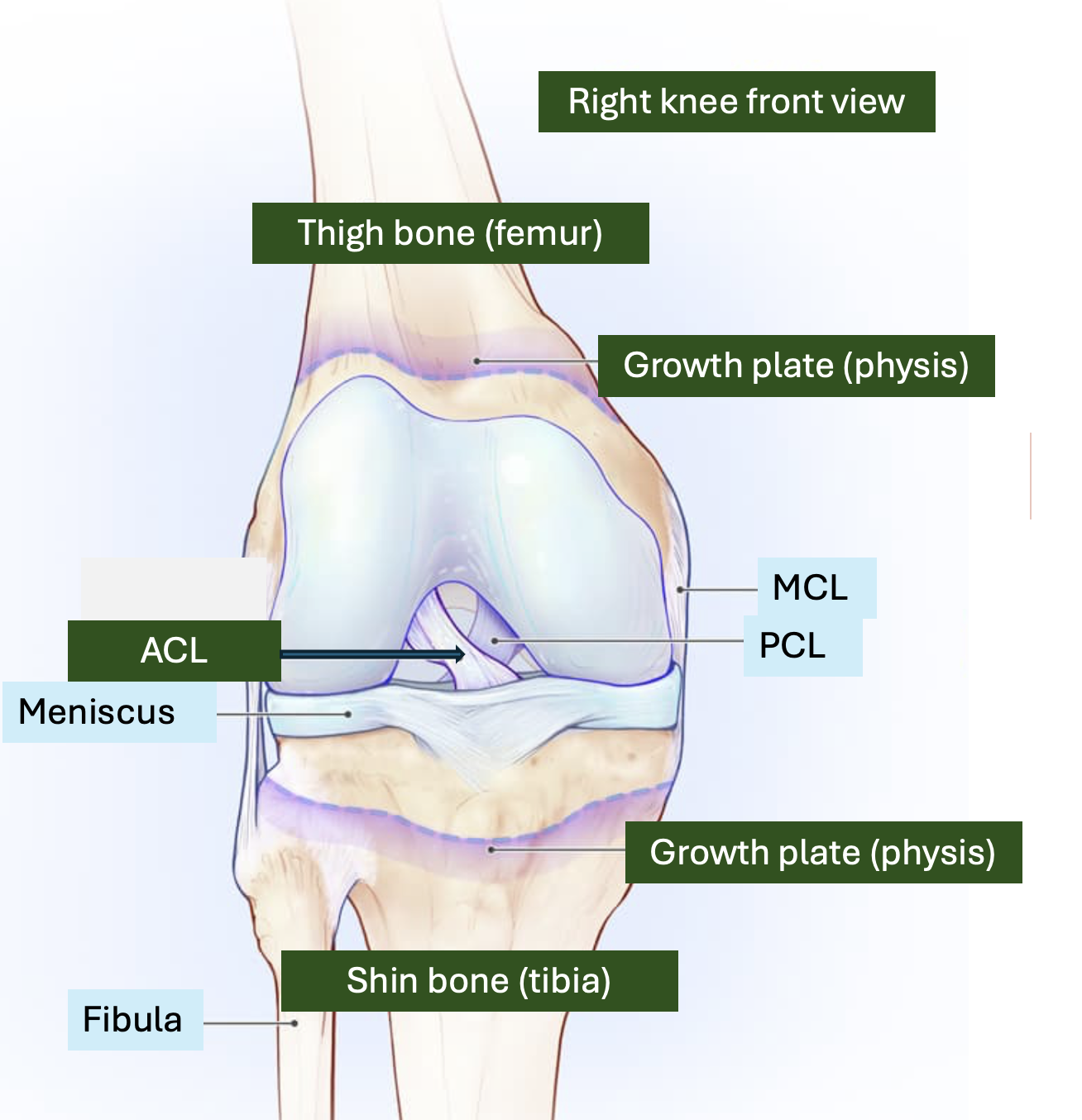
Introduction: The Importance of Understanding ACL Injury
An anterior cruciate ligament (ACL) injury is one of the most common knee injuries, particularly among athletes involved in sports that require sudden stops and jumps, such as basketball, football, and skiing. Understanding ACL injuries is crucial, as they can significantly impact an individual’s mobility and sporting activities. With rates of these injuries on the rise in the UK, it is essential to recognise the signs, causes, and recovery processes.
What is an ACL Injury?
The ACL is one of the major ligaments in the knee, connecting the thigh bone (femur) to the shin bone (tibia) and stabilising the joint. An ACL injury occurs when this ligament is torn, which can happen from a variety of actions including pivoting, sudden stopping, or direct blows to the knee. According to the National Health Service (NHS), thousands of these injuries are reported every year, particularly among young athletes.
Causes and Symptoms of ACL Injury
ACL injuries can result from overuse, trauma, or issues with technique in physical activities. Symptoms of an ACL injury often include:
- Sudden swelling in the knee
- Severe pain that may get worse over time
- A popping sensation at the time of injury
- Instability in the knee joint
If these symptoms occur, it is advisable to seek medical attention promptly. Diagnosis typically involves a physical assessment and imaging tests like an MRI.
Treatment and Recovery Options
Recovery from an ACL injury varies depending on the severity of the tear. Mild injuries may require physical therapy and rest to regain strength and stability, while complete tears may necessitate surgical intervention. A common procedure is known as ACL reconstruction, which typically involves using a graft to replace the torn ligament. Post-surgery, rehabilitation is crucial and may take six months to a year, depending on the individual and their physical condition.
Conclusion: The Significance of Prevention and Awareness
Preventing ACL injuries is paramount, especially for young athletes. Strategies such as proper training techniques, strengthening exercises, and awareness of body mechanics can significantly reduce the risk of injury. As sports participation continues to rise, understanding ACL injuries and their implications is essential for athletes and coaches alike. By fostering awareness and developing injury prevention programs, it is possible to mitigate the occurrence of ACL injuries and ensure a healthier sporting community.
You may also like

Understanding Melatonin: Uses, Benefits, and Importance

Understanding the Importance of Bones for Our Health
